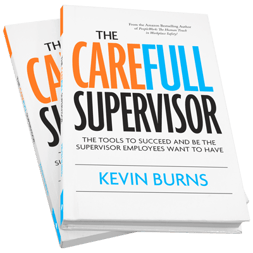Are you aware that a front-line supervisor has more influence on safety performance than senior management?
Are you aware that a front-line supervisor has more influence on safety performance than senior management? Here’s why. The front-line supervisor, as the name would imply, lives at the front-line. The front-line supervisor has more frequent contact with employees. Armed with decent supervisory skills, caring and conscientiousness, a supervisor has more influence in front-line activities than a senior manager.
It’s important for companies to choose the right person for supervisory positions. They need to be the right mix of personal skills and technical ability. Choosing that person, sadly, happens the wrong way far too often. The tendency is to pick the most senior person on a crew and give them a supervisory role. But even a company like Google found out that employees want more from their supervisors.
Google’s Project Oxygen surveyed all 38,000 Google employees to determine what the employees wanted from their supervisors. Out of the eight top traits, technical expertise finished dead last. Google employees wanted their supervisors to have things like good coaching skills, to be approachable, to have a focus on always improving, to be a good communicator and someone who empowers the team. Google employees are not as tightly regimented in their workday as front-line laborers. So you can imagine how having those skills in tightly-run, high-risk environment would be needed even more.
For the supervisor, it’s imperative that they understand that authority and influence are two very different things. Anyone can be the boss and throw their authority weight around. That takes no skill. Influence, though, takes skill and the right mindset.
Here are three areas where you as a front-line safety supervisor can develop better influence:
Read More












